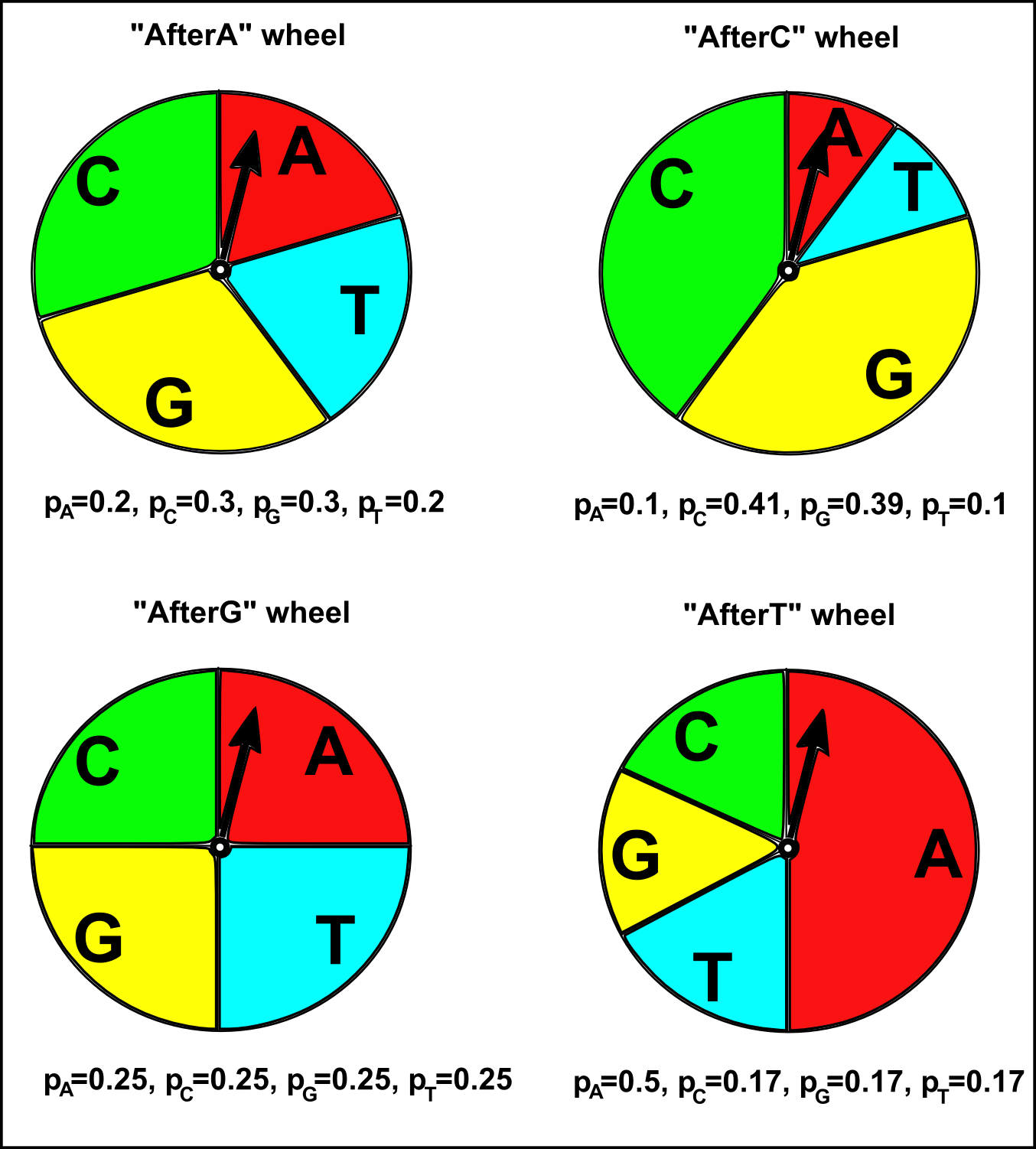any one of the possible results of an action. For example, 4 is an outcome when a number cube is rolled.
WHAT IS OUTCOME
the ratio of the number ow ways an event can occur to the number of possible outcomes.
THEORETICAL PROBABILITY
uses multiplication of the number of ways each event in an experiment can occur to find the number of possible outcomes in a sample space.
FUNDAMENTAL COUNTING PRINCIPLE
a game where there is not a chance of each player being equally likely to win
UNFAIR GAME
SIMPLE EVENT
UNIFORM PROBABILTIY MODEL
EXAMPLE: rolling a number on a number cube
RANDOM
a game where each player has an equally likely chance of winning
COMPLEMENTARY OUTCOME
an estimated probability based on the relative frequency of positive outcomes occurring during an experiment.
EXPERIMENTAL PROBABILITY
it is the ratio of the number of favorable outcomes to the number of possible outcomes
PROBABILITY
a ratio that compares the frequency of each category to the total
RELATIVE FREQUENCY
the chance that some event will happen.
WHAT IS PROBABILITY
it is based on what should happen when conducting a probability experiment
THEORETICAL PROBABILITY
the sum of the probabilities of an event and its complement is 1 or 100%. P(A)+P(not A)=1
WHAT IS COMPLEMENTARY EVENTS

WHAT IS UNIFORM PROBABILITY MODEL
outcomes occur at random if each outcome occurs by chance.
WHAT IS RANDOM
it is based on what actually occurred during such an experiment
EXPERIMENTAL PROBABILITY
Example: There are 6 flavors of ice-cream, and 3 different cones.
That means 6×3=18 different single-scoop ice-creams you could order.
FUNDAMENTAL COUNTING PRINCIPLE